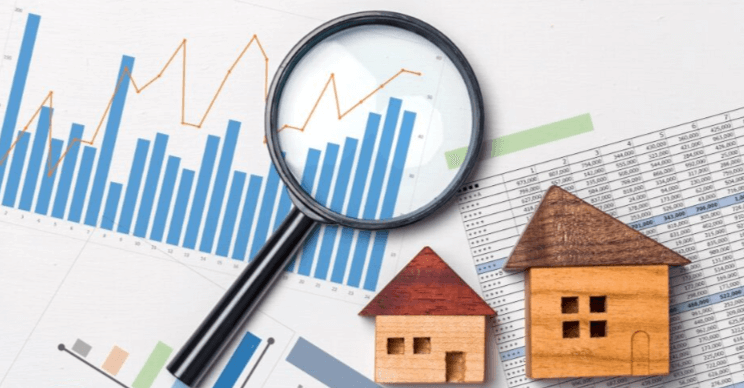Understanding Real Estate Market Cycles

Understanding real estate market cycles is essential for investors aiming to make astute decisions in an ever-evolving landscape. These cycles, characterized by distinct phases of expansion, contraction, recovery, and recession, are shaped by a myriad of economic indicators, each providing critical insights. Recognizing the nuances of these phases can empower investors to identify strategic opportunities and mitigate risks. However, the complexities surrounding these cycles often prompt a deeper exploration of the underlying factors. What are the key indicators that can signal a shift, and how should investors adapt their strategies accordingly?
Overview of Market Cycles
In the realm of real estate, understanding market cycles is pivotal for investors and stakeholders alike.
Market characteristics such as supply and demand dynamics are closely linked to economic indicators like interest rates and employment levels.
Analyzing these factors allows participants to navigate fluctuations, anticipate shifts, and make informed investment decisions, ultimately enhancing their potential for financial freedom in a complex landscape.
Phases of Real Estate Cycles
Market cycles in real estate can be dissected into distinct phases, each characterized by unique economic conditions and investor sentiment.
The expansion phase sees rising prices and low inventory levels, while the contraction phase involves price fluctuations and increasing inventory.
The recovery phase marks stabilization, whereas the recession phase reveals declining market indicators and negative investor sentiment, ultimately influencing overall market dynamics.
Factors Influencing Market Cycles
Numerous factors significantly influence the cyclical nature of real estate markets, shaping their trajectory and impacting investor strategies.
Key economic indicators, fluctuating interest rates, and demographic shifts drive demand.
Consumer confidence and government policies dictate housing supply, while emerging investment trends and urban development further mold market dynamics.
Understanding these influences equips investors to navigate cycles and capitalize on opportunities effectively.
Identifying Market Cycle Trends
Recognizing market cycle trends is essential for investors seeking to make informed decisions in real estate.
By analyzing key market indicators such as property prices, inventory levels, and rental rates, investors can better assess investment timing.
Understanding these trends facilitates strategic planning, allowing for optimal entry and exit points in the market, ultimately enhancing investment potential and achieving desired financial freedom.
Strategies for Each Cycle Phase
Understanding the unique characteristics of each real estate cycle phase is crucial for investors aiming to maximize their returns.
During downturns, buyer’s strategies should focus on acquiring undervalued assets, while seller’s strategies may involve holding properties to mitigate losses.
In recovery, investment tactics include leveraging financing, and robust risk management is essential to navigate potential fluctuations, ensuring sustainable growth and freedom in investment decisions.
Conclusion
In conclusion, comprehending real estate market cycles is imperative for informed investment decisions. Although skepticism may arise regarding the predictability of these cycles, historical data consistently demonstrates discernible patterns influenced by economic indicators. By leveraging analytical tools and understanding the intricacies of each phase—expansion, contraction, recovery, and recession—investors can strategically position themselves for success. Ultimately, a data-driven approach to market cycles enhances opportunities for financial growth and mitigates risks inherent in property investments.





